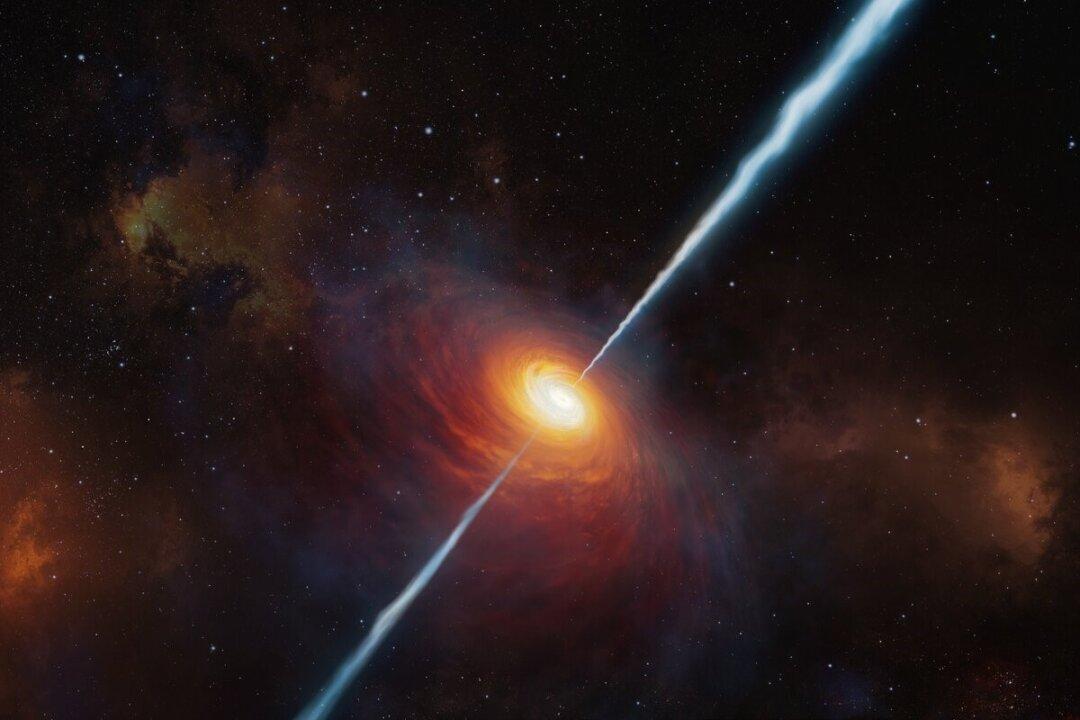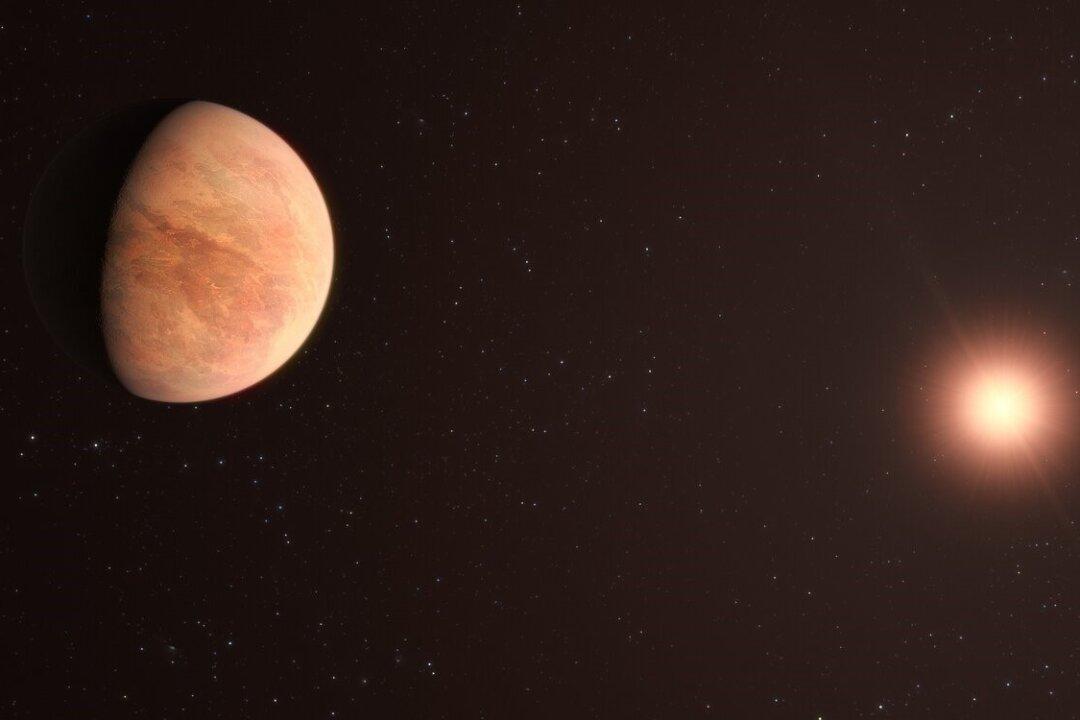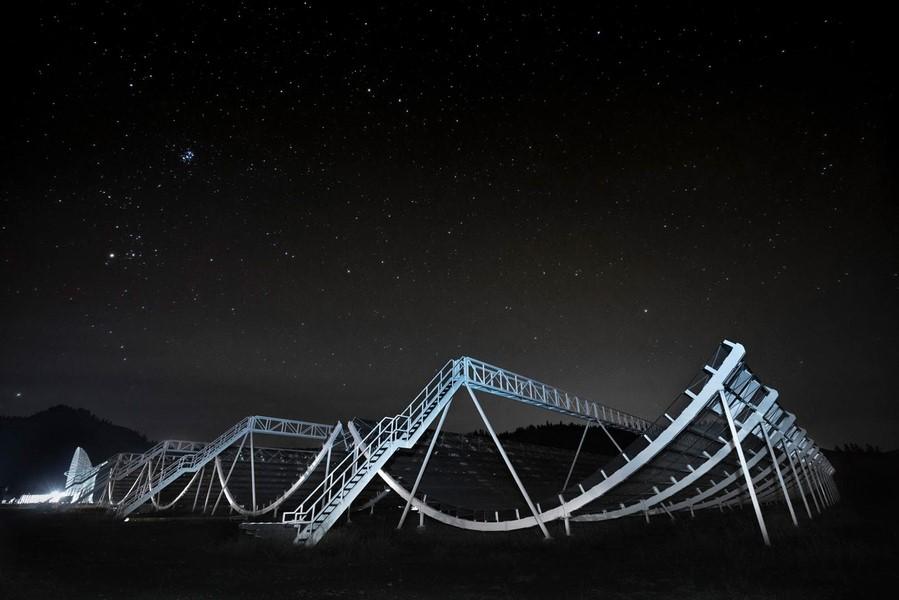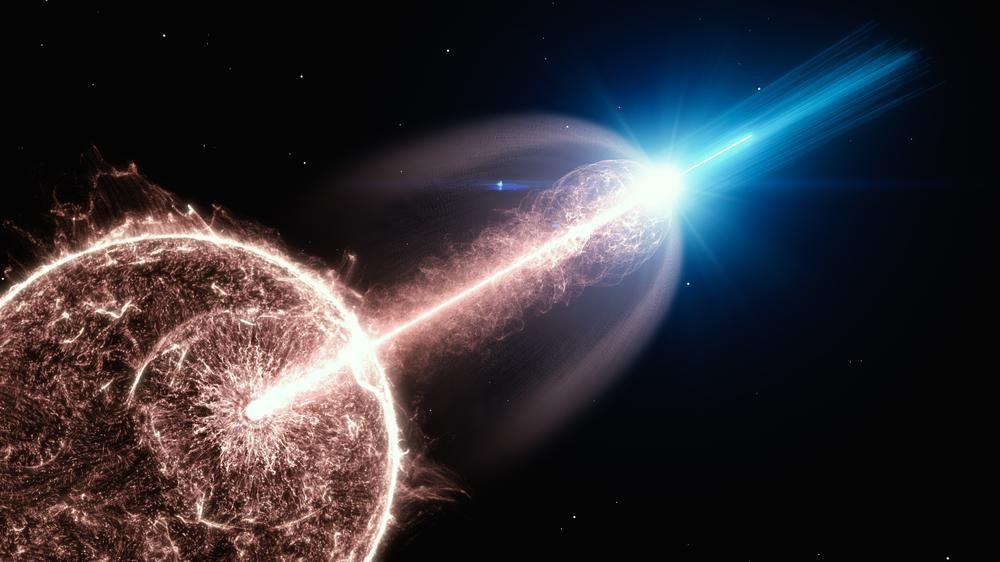Quasars are among the most extreme astrophysical objects in our universe. They contain supermassive black holes and lie at the centers of galaxies, where they quickly consume nearby materials and emit enormous amounts of energy.
A small percentage of quasars also drive powerful radio jets, which can travel at nearly the speed of light.




